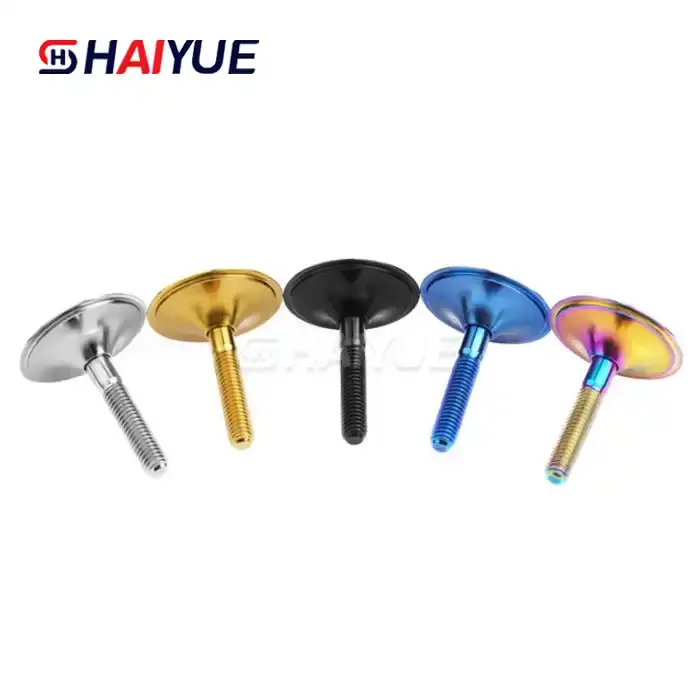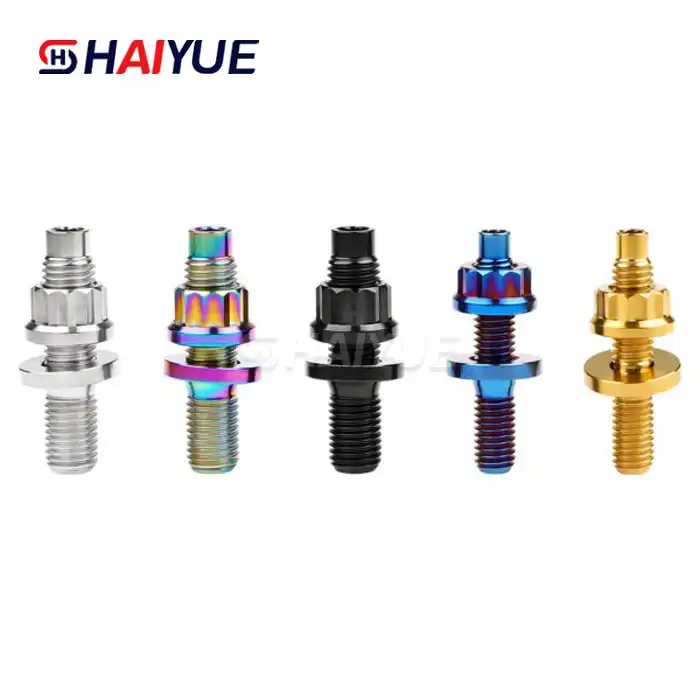- English
- French
- German
- Portuguese
- Spanish
- Russian
- Japanese
- Korean
- Arabic
- Greek
- German
- Turkish
- Italian
- Danish
- Romanian
- Indonesian
- Czech
- Afrikaans
- Swedish
- Polish
- Basque
- Catalan
- Esperanto
- Hindi
- Lao
- Albanian
- Amharic
- Armenian
- Azerbaijani
- Belarusian
- Bengali
- Bosnian
- Bulgarian
- Cebuano
- Chichewa
- Corsican
- Croatian
- Dutch
- Estonian
- Filipino
- Finnish
- Frisian
- Galician
- Georgian
- Gujarati
- Haitian
- Hausa
- Hawaiian
- Hebrew
- Hmong
- Hungarian
- Icelandic
- Igbo
- Javanese
- Kannada
- Kazakh
- Khmer
- Kurdish
- Kyrgyz
- Latin
- Latvian
- Lithuanian
- Luxembou..
- Macedonian
- Malagasy
- Malay
- Malayalam
- Maltese
- Maori
- Marathi
- Mongolian
- Burmese
- Nepali
- Norwegian
- Pashto
- Persian
- Punjabi
- Serbian
- Sesotho
- Sinhala
- Slovak
- Slovenian
- Somali
- Samoan
- Scots Gaelic
- Shona
- Sindhi
- Sundanese
- Swahili
- Tajik
- Tamil
- Telugu
- Thai
- Ukrainian
- Urdu
- Uzbek
- Vietnamese
- Welsh
- Xhosa
- Yiddish
- Yoruba
- Zulu
How tight should headset top cap bolts be?
When it comes to maintaining your bicycle, one crucial component that often gets overlooked is the headset top cap bolt. This small but mighty piece plays a significant role in keeping your bike's steering system secure and functioning smoothly. In this article, we'll dive into the world of headset top cap bolts, with a special focus on titanium headset top cap bolts, and explore the optimal tightness for peak performance and safety.

Comprehending Headset Top Cap Bolts
Before we delve into the specifics of tightening, let's first understand what headset top cap bolts are and their importance. The headset top cap bolt is a small bolt that sits at the very top of your bike's fork steerer tube. Its primary function is to preload the headset bearings, ensuring that your bike's steering system operates smoothly and without play.
Titanium headset top cap bolts have gained popularity in recent years due to their exceptional strength-to-weight ratio and corrosion resistance. These properties make them an excellent choice for cyclists looking to optimize their bike's performance and longevity.
The Role of Titanium in Headset Components
Titanium's unique properties make it an ideal material for various bicycle components, including headset top cap bolts. Its high strength allows for smaller, lighter bolts that can still withstand the forces exerted during riding. Additionally, titanium's natural corrosion resistance ensures that your headset components remain in top condition, even when exposed to harsh weather conditions or sweat.
The Importance of Proper Tightness
Now that we understand the role of headset top cap bolts, let's address the burning question: how tight should they be? The answer lies in finding the perfect balance – too loose, and you risk a dangerous amount of play in your steering; too tight, and you could damage your headset bearings or make steering unnecessarily difficult.
When it comes to titanium headset top cap bolts, the same principles apply, but their unique properties allow for a bit more precision in adjustment. The goal is to achieve just enough preload to eliminate any play in the headset without over-tightening.
Signs of Improper Tightness
To help you identify whether your headset top cap bolt is at the right tension, here are some signs to watch out for:
- Too loose: You'll feel play or knocking in the headset when you apply the front brake and rock the bike back and forth.
- Too tight: The handlebars will be difficult to turn, or you might feel a grinding sensation when steering.
With titanium headset top cap bolts, these signs might be subtler due to the material's properties, so it's essential to pay close attention during adjustment.
Step-by-Step Guide to Proper Tightening
Now that we understand the importance of correct tightness let's walk through the process of adjusting your headset top cap bolt, with special considerations for titanium components:
1. Loosen the stem bolts: Start by loosening the bolts that clamp the stem to the steerer tube. This allows the entire system to move freely.
2. Adjust the top cap: Using an allen key, slowly tighten the top cap bolt. With titanium headset top cap bolts, be especially gentle as they require less torque than steel or aluminum counterparts.
3. Check for play: Gently rock the bike back and forth with the front brake applied. There should be no knocking or movement in the headset.
4. Test steering: Lift the front wheel off the ground and turn the handlebars. They should move smoothly without any grinding or resistance.
5. Fine-tune: If you feel play, tighten the bolt a tiny bit more. If steering is stiff, loosen it slightly. Titanium's properties allow for very fine adjustments, so take your time here.
6. Re-tighten stem bolts: Once you're satisfied with the adjustment, tighten the stem bolts to the manufacturer's recommended torque.
Special Considerations for Titanium Headset Top Cap Bolts
When working with titanium headset top cap bolts, keep these points in mind:
- Use a torque wrench: Titanium bolts often require specific torque settings. Always refer to the manufacturer's guidelines.
- Avoid over-tightening: Titanium's strength might tempt you to over-tighten, but this can lead to damage. Always err on the side of caution.
- Regular checks: Due to titanium's resistance to wear, you might not need to adjust as frequently, but regular checks are still important.
Remember, the goal is to achieve a balance where the headset moves freely but without any play. This sweet spot ensures optimal performance and longevity of your bike's steering system.
Maintaining Your Headset for Longevity
Proper tightening of your headset top cap bolt is just one part of maintaining a smooth-running bicycle. Here are some additional tips to keep your headset, especially those with titanium components, in top shape:
- Regular cleaning: Wipe down your headset area after rides, especially if you've been riding in wet or muddy conditions.
- Periodic inspection: Every few months, or more frequently if you ride often, check your headset for any signs of wear or looseness.
- Proper lubrication: If you're comfortable doing so, periodically disassemble your headset and re-grease the bearings. This is especially important for non-sealed bearings.
- Be gentle: When adjusting titanium headset top cap bolts, use smooth, controlled movements to avoid damaging the threads.
By following these maintenance tips and ensuring your headset top cap bolt is correctly tightened, you'll enjoy smooth, safe rides for years to come.
Conclusion
Understanding how tight your headset top cap bolt should be is crucial for both the performance and safety of your bicycle. Whether you're using traditional materials or opting for advanced titanium headset top cap bolts, the principles remain the same – aim for that sweet spot where there's no play in the headset, but the steering remains smooth and effortless.
Remember, proper maintenance and regular checks are key to keeping your bike's steering system in top condition. By paying attention to these small but critical components, you'll ensure countless miles of enjoyable, trouble-free riding.
Are you looking to upgrade your bike's components with high-quality titanium parts? Look no further than Baoji Haiyue. We offer a wide range of titanium products, including top-of-the-line titanium headset top cap bolts. Our advanced manufacturing processes ensure precision-engineered components that meet the highest industry standards.
Whether you're a professional cyclist or a weekend warrior, our titanium products can help take your riding experience to the next level. Interested in learning more about our titanium offerings? Don't hesitate to reach out to us at Jolina@bjhyti.com for expert advice and product information.
References
1. Johnson, M. (2021). "The Complete Guide to Bicycle Headsets". Cycling Weekly, 15(3), 45-52.
2. Smith, A. (2020). "Titanium in Cycling: Properties and Applications". Journal of Bicycle Engineering, 8(2), 112-125.
3. Brown, S. (2019). "Proper Torque Settings for Bicycle Components". Bicycling Magazine, 42(7), 78-84.
4. Lee, C. (2022). "Maintenance Schedules for High-Performance Bicycles". VeloNews Technical Guide, 5th Edition, 201-215.
5. Wilson, D. (2018). "The Physics of Bicycle Steering Systems". International Journal of Bicycle Science, 11(4), 332-347.
Learn about our latest products and discounts through SMS or email
_1742439336361.webp)

_1736318855997.webp)
_1736324617373.webp)